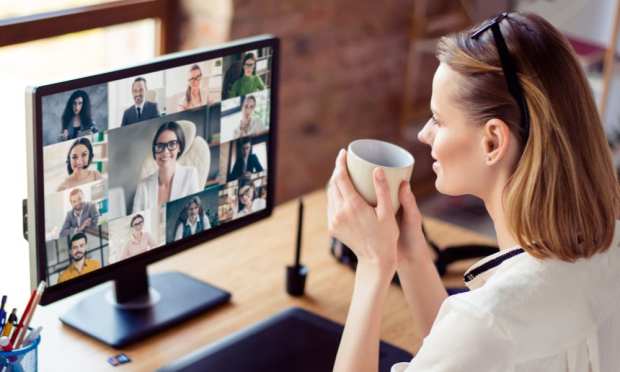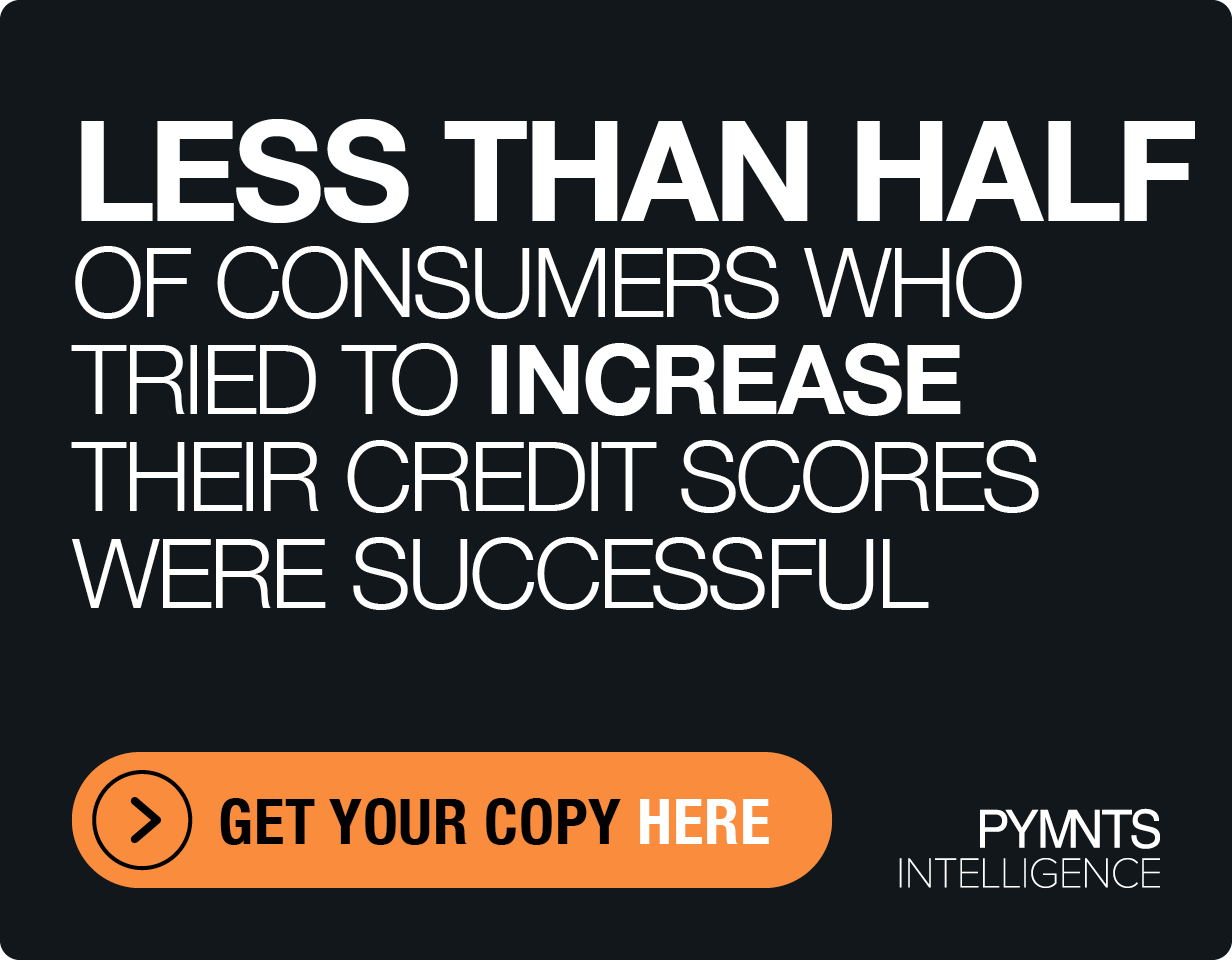When Will The American Consumer Return To Her Pre-Pandemic Routines?

Are we there yet?
The question that millions of backseat-bound children ask every summer as they ride to their families’ vacation spots could become the refrain for millions of Americans who’ve avoided COVID-19 but contracted an extreme case of cabin fever. Tired of doubling as their children’s teacher, sick of their home cooking and desperate to have a reason to wear pants again, everyone is ready for the pandemic to be done with.
But just because everyone is feeling pretty ready for a return to normal isn’t the same as saying that will happen any time soon. In fact, PYMTS has surveyed U.S. consumers and small- to medium-sized business owners about how long they anticipate the pandemic will last and almost no one expects it to be done before the ball drops on 2021. (However, there are some significant variations between how long consumers expect the crisis to last and how long SMB owners do.)
The latest PYMNTS Main Street business survey has SMBs looking a bit more pessimistic than they did early in the pandemic. At the outset, the average Main Street business believed the outbreak would last 177 days — an estimate that has since stretched out to 248 days from now, or roughly another seven months.
Consumers started with a somewhat brighter outlook, telling PYMNTS back in March that they thought the pandemic would last 145 days. But now, the average consumer believes the crisis has about another 11 months to go, according to PYMNTS/PayPal’s latest survey.
As for what it will take for people to declare the pandemic over, the single-word answer is “vaccine.” Only about 6 percent of U.S. consumers reported that a lifting of government restrictions would make them feel safe enough to get back to their pre-pandemic lives. By contrast, 59 percent said they’d need to know that a COVID-19 vaccine was readily available. Some 46 percent reported looking for an all-clear from the U.S. Centers for Disease Control and Prevention.
Changing Consumer Patterns Could Outlast The Crisis
PYMNTS’ surveys have found that the longer U.S. consumers are in lockdown (voluntary or government-mandated), the more permanent their commerce shifts will be. It seems that the longer the public spends conducting business online, the less people plan to return to their pre-pandemic routines.
But how big those pandemic shifts depend on the specific vertical one is looking at. For instance, more consumers are shopping online for retail goods, groceries and restaurant orders than ever before. More are also saying they don’t intend to go back to shopping in stores once the pandemic recedes.
Some 18 percent of those who said in April that they’d shifted to shopping for retail products online planned to shop in stores after the pandemic, but only 9 percent said the same over the summer.
But there are exceptions to that trend. For example, restaurants have more people eager to eat in them today than they did during the pandemic’s early days.
Consumers have already been migrating back to restaurants since lockdowns eased — albeit slowly. Traffic in dining locations is still down year on year — but only by some 9 percent as of August, according to the NPD. That’s not great, but better than losses seen in April when U.S. lockdowns were in full swing.
“As the summer progressed and mandated restrictions were lifted, an increasing number of consumers became more comfortable dining out based on the safety protocols restaurants put in place. After months of staying at home and cooking their own meals or ordering in, they were ready for the restaurant experience again,” said David Portalatin, NPD’s food industry adviser.
Unemployment Hurts Consumer Spending
But beyond the question of consumer comfort, there’s also the question of consumer cash flow.
Millions of Americans who’ve lost their jobs as a result of COVID-19 remain unemployed, and according to PYMNTS data, nearly half of unemployed U.S. consumers have less than $2,500 in their savings accounts. In fact, 17 percent have no savings whatsoever. That’s putting pressure on consumer spending, as people look to buy less and save more in the hope of staying solvent until the pandemic draws to a close.
The End Isn’t Yet In Sight
But when exactly the crisis will end is a question that no one without psychic abilities can answer. Current estimates hold that it could 12 to 18 months before a vaccine is developed and available to anyone who wants one.
That’s all a long way of saying that while no one knows when exactly the pandemic will be done, consumers are betting on quite a long waiting period.
